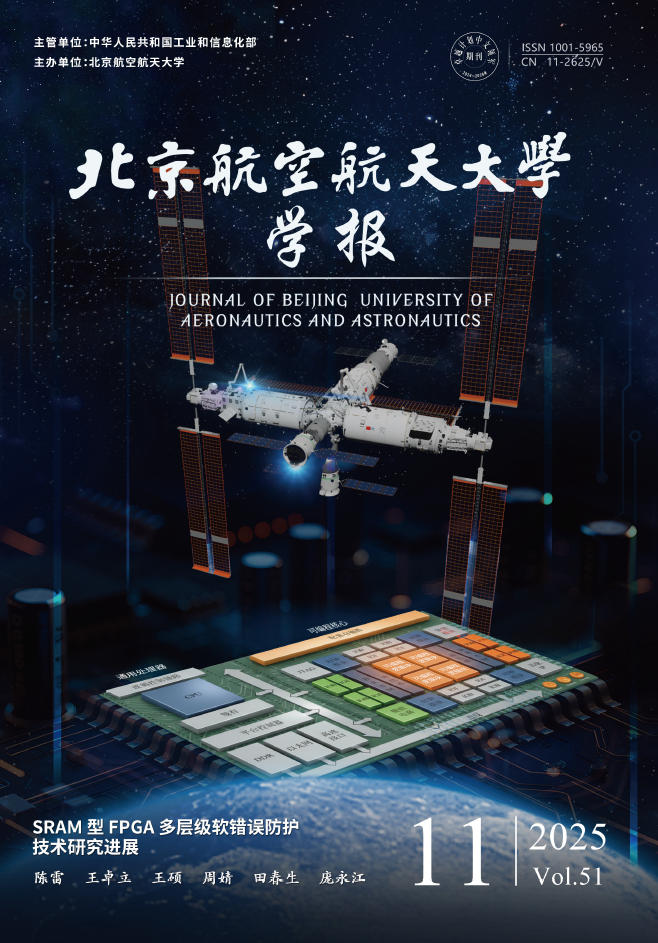2009 Vol. 35, No. 10
2009, 35(10): 1170-1173.
Abstract:
2009, 35(10): 1192-1196.
Abstract:
2009, 35(10): 1197-1200.
Abstract:
2009, 35(10): 1201-1205.
Abstract:
2009, 35(10): 1206-1209.
Abstract:
2009, 35(10): 1210-1213.
Abstract:
2009, 35(10): 1220-1223.
Abstract:
2009, 35(10): 1224-1227.
Abstract:
2009, 35(10): 1232-1236.
Abstract:
2009, 35(10): 1237-1240.
Abstract:
2009, 35(10): 1241-1244.
Abstract:
2009, 35(10): 1258-1262.
Abstract:
2009, 35(10): 1283-1286.
Abstract:







 XML Online Production Platform
XML Online Production Platform

